Interface engineering of molecular charge storage dielectric layers fo organic thin-film memory transistors
Artoem Khassanov, Thomas Schmaltz, Hans-Georg Steinrück, Andreas Magerl, Andreas Hirsch, and Marcus Halik. Abstract Mixed self-assembled monolayers of C60-functionalized and different long-chained insulating phosphonic acids provide molecular scale non-volatile memory dielectrics for low-voltage organic thin-film transistors. The memory retention depends on the insulation of the C60 moiety and can be improved by embedding into the […]
Diagnostic performance study of an antigen microarray for the detection of antiphospholipid antibodies in human serum
Aline R. Schindler, Oliver Bleher, Markus A. Thaler, Carmen J. Kocot, Udo Steigerwald, Günther Proll, Günter Gauglitz, and Peter B. Luppa Abstract Background: The parallelization of clinically relevant antigens in a microarray format is of growing importance due to the ability to measure multiple antigen-antibody interactions. With the development of a microarray for the detection […]
The mutual influence of surface energy and substrate temperature on the saturation mobility in organic semiconductors
Marco Sarcletti, Thomas Schmaltz, Marcus Halik Abstract We report on a mutual correlation between the substrate temperature during semiconductor deposition and the surface energy of the gate dielectric on the charge carrier mobility in bottom gate top contact organic field effect transistors (OFETs) with N,N′-diphenyl-3,4,9,10-perylene tetracarboxylic diimide (DP-PDI) as organic semiconductor. The gate dielectric consists […]
Driving forces for the self-assembly of graphene oxide on organic monolayers
Johannes Kirschner, Zhenxing Wang, Siegfried Eigler, Han-Peter Steinrück, Christof M. Jäger, Timothy Clark, Andreas Hirsch and Marcus Halik Abstract Graphene oxide (GO) flakes were self-assembled from solution on surfaces of self-assembled monolayers (SAMs), varying in the chemical structure of their head groups. The coverage density of GO relates to strength of attractive interaction, which is […]
Small sized mesoporous silica nanoparticles
functionalized with mannose for retinoblastoma
cell imaging
David Warther, Chiara Mauriello Jimenez, Laurence Raehm, Corine Gérardin, Jean-Olivier Durand, Alain Morère, Khaled El Cheikh, Audrey Gallud, Magali Gary-Bobo, Marie Maynadier and Marcel Garcia. Abstract We report the study of the functionalization of small sized MSNs with mannose. Classical procedures which were efficient with 100 nm diameter MSNs led to aggregation of small sized […]
Barnacle Larvae Exploring Surfaces with Variable Hydrophilicity: Influence of Morphology and Adhesion of “Footprint” Proteins by AFM
Shifeng Guo, Sreenivasa Reddy Puniredd, Dominik Jaczewski, Serina Siew Chen Lee, Serena Lay Ming Teo, Tao He, Xiaoying Zhu, and G. Julius Vansco Abstract Interaction forces of adhesive proteins employed by cyprid larvae of Amphibalanus amphitrite for temporary attachment during surface exploration in marine fouling were studied by AFM force spectroscopy using chemically modified, reactive […]
Role of molecular properties of ulvans on their ability to elaborate antiadhesive surfaces
Virginie Gadenne, Laurent Lebrun, Thierry Jouenne, Pascal Thebault Abstract Antiadhesive properties of polysaccharides (such ulvans) once immobilized on a surface are described in the literature but the parameters governing their antifouling properties are not yet well identified. In the present study, the relationship between molecular parameters of ulvans and the inhibition of bacterial adhesion was […]
Smoothly Tunable Surface Properties of Aluminum Oxide Core−Shell Nanoparticles By A Mixed-Ligand Approach
Luis Portilla and Marcus Halik Abstract We present a facile solution-based procedure for tailoring the surface properties of aluminum oxide nanoparticles (AlOx-NPs) by the formation of tunable core–shell systems with self-assembled monolayers. By employing chained molecules with a phosphonic acid anchor group and either hydrophobic or hydrophilic chains the surface properties of the nanoparticles change […]
Ambient Surface Analysis of Organic Monolayers using Direct Analysis in Real Time Orbitrap Mass Spectrometry
Radostina K. Manova, Sweccha Joshi, Aline Debrassi, Nagendra S. Bhairamadgi, Esther Roeven, Jacinthe Gagnn, Muhammad N. Tahir, Franck W. Claassen, Luc M.W. Scheres,Tom Wennekes, Karin Schroën, Teris A. van Beek, Han Zuilhof, and Michel W.F. Nielen. Abstract A better characterization of nanometer-thick organic layers (monolayers) as used for engineering surface properties, biosensing, nanomedicine, and smart […]
Stability of (Bio)Functionalized Porous Aluminum Oxide
Aline Debrassi, Angela Ribbera, Willem M. de Vos, Tom Wennekes, and Han Zuilhof. Abstract Porous aluminum oxide (PAO), a nanostructured support for, among others, culturing microorganisms, was chemically modified in order to attach biomolecules that can selectively interact with target bacteria. We present the first comprehensive study of monolayer-modified PAO using conditions that are relevant […]
